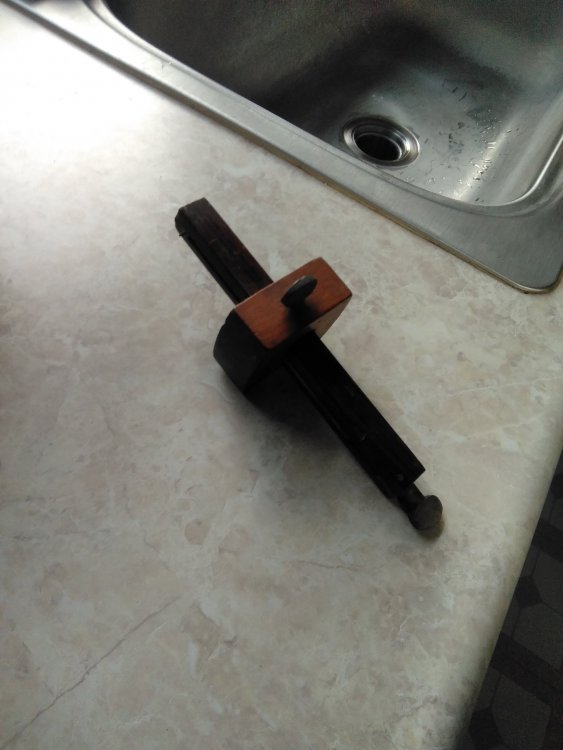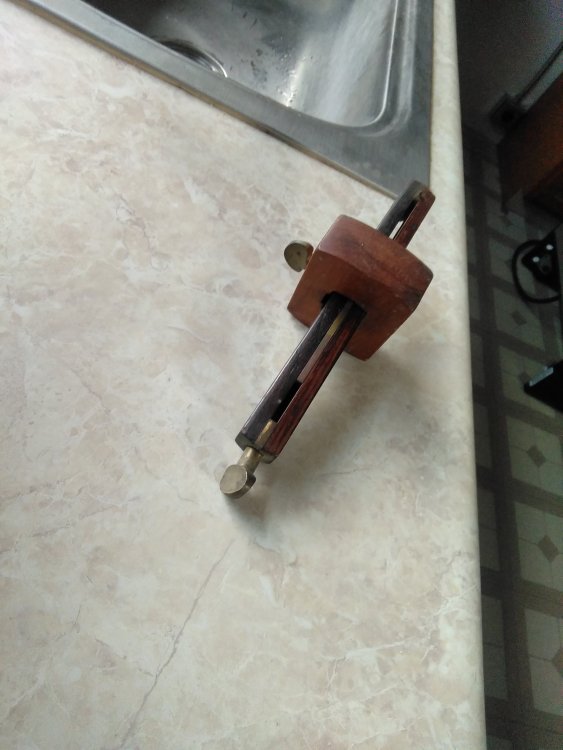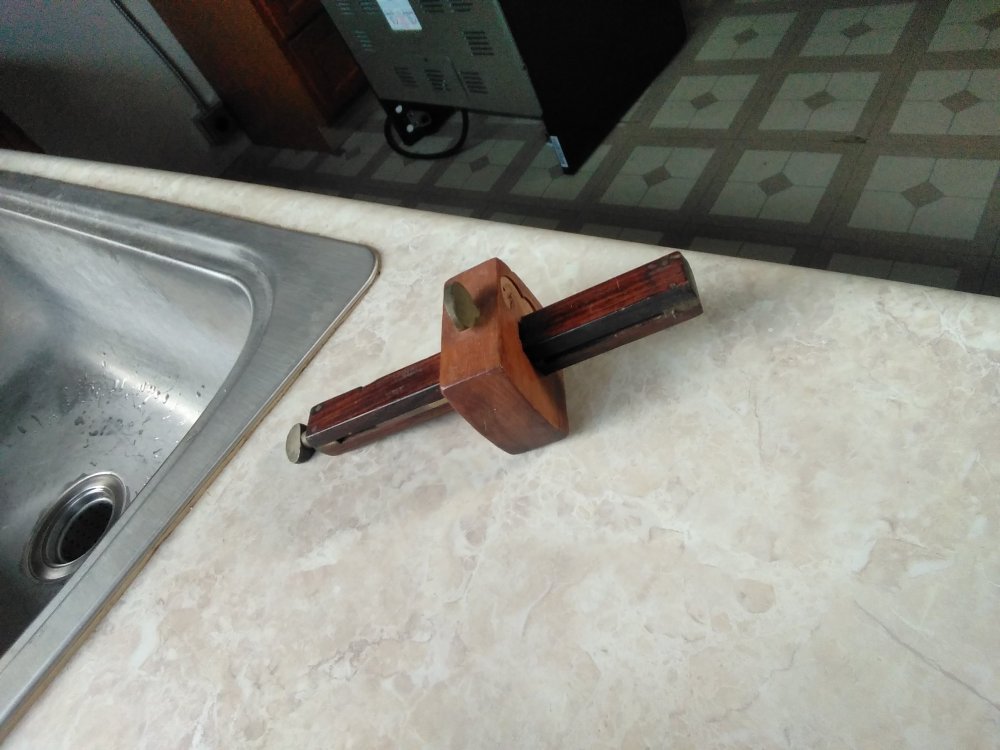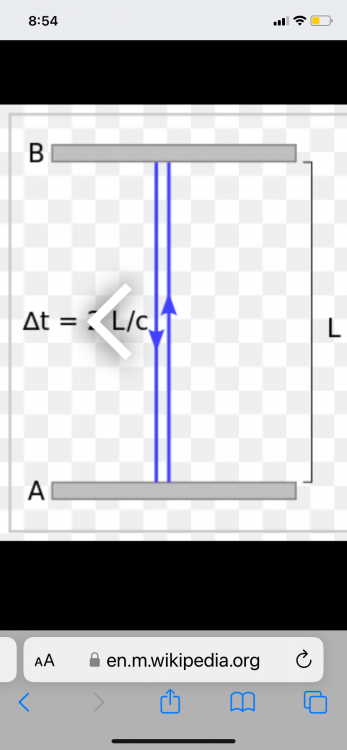All Activity
- Past hour
-
Why would such a warhead be used as an example here? Who has 100 megaton warheads? Who is capable of delivering a 100 megaton warhead? Why is the orbit of the moon being used as an limit? If all we would get is a minor effect why bring this up at all? This example is nothing but fear mongering, if you wait until an object is within the orbit of the moon you are up the creek, such an object is just hours, possibly minutes from impact at that point, do the math! Why keep using these exaggerated examples instead of realistic scenarios? We need to plan ahead, get the infrastructure in pace before the threat looms over us but until that infrastructure is in place the easiest and fastest method should be used. Nuclear warheads delivered to the target via existing technology as far from us as possible would seem to be the best option we currently have. An asteroid impact is a serious event quite possibly apocalyptic anything other than our best efforts is suicide. Exaggerating the danger of nuclear technology does not serve us.
-
How far away for nukes to be a safe option depends on megatons needed. The back of the envelope calculation I did earlier showed that a 100 megaton nuke can still have EMP cause Compton scattering in our upper ionsphere from detonation at the moons orbit. Though from that distance it's minor in effect The EMP itself would be low enough not to cause electronic damage As well. Now is a 100 megaton nuke excessive. Well hard to say we wouldn't be sending nukes unless the asteroid is large enough for an extinction level event.
-
Why don't we have time? Is there some asteroid we're about to collide with that I'm unaware of? This brings up a major concern of mine; how far away is safe enough to use nukes? Despite the talk of 'fine tuning' the use of nukes in this thread, I don't believe the words 'fine tuning' and 'nuclear weapons' go together. With a gravity tractor you have a pretty good idea how the asteroid will move, and it will all move in the same direction. If you use a nuclear weapon I feel like you run the risk of pieces of the asteroid moving in unanticipated ways. Perhaps if far enough away the risk is low enough, but if a gravity tractor would work, why introduce the risk of breaking the asteroid apart?
-
It's a Mortise Guage. https://www.harborfreight.com/6-inch-mortise-gauge-94645.html https://en.m.wikipedia.org/wiki/Mortise_gauge Was someone into carpentry or woodworking?
- Today
-

nonstop barrage of full page ad walls
KJW replied to TheVat's topic in Suggestions, Comments and Support
It seems that the ads have come back. -
How do you plan to get the nukes to say the orbit near Mars in time without using spacecraft ? After all the goal is to reach the asteroid as quickly as possible. Relying on the drift method aka Voyager 1 and 2 would take a good 6 months unless you have a good fuel reserve to speed up the trip. For that matter simply load up the craft cargo space with nukes. So I ask once again what's the difference ? Regardless if nukes are are used or not you still have to get to the asteroid in the first place. If the asteroid is already spinning outgassing will increase the spin rate. It will also continue until the surface cools down to the background temperature. Thermal radiation being part of the outgassing.
-
Correct me if I'm wrong, but most, if not all, asteroids are spinning. A single nuclear pulse will last a fraction of a second, so the outgassing will last only seconds. So, I believe outgassing will push for only a second. Am I wrong? Gravity tractors are an indirect method while a series of nuclear explosions in its' path works directly, thus mission accomplished sooner. That is interesting having fuel reserves in space to somehow dock with the gravity tractor(s). That will take a lot more time than nukes, and we DON'T HAVE TIME.
-

Is US higher education the best in the world?
Mordred replied to Otto Kretschmer's topic in Science Education
When I chose Universities on the west coast of Canada I had several options and acceptance at several different Universities. The criteria I chose wasn't cost but rather classroom size. I didn't want a classroom of several hundred students but instead chose a University where the average classroom size was restricted to 30. This gave me better access to the instructors. The other concern was equipment availability. At least for the field I studied. Once again providing good hands on skills. -
No, the size tag didn't work when I tested it in The Sandbox. But I'll test it here: This is hopefully big This is hopefully small Ok, now we are getting somewhere: This is 1 This is 2 This is 3 This is 4 This is 5 This is 6 This is 7 This is 8 My mistake was evidently my choice of number, assuming it to follow the numbering in this forum's editor, rather than the numbering I've seen in another forum. Thank you for your assistance.
-
So you found your answer. It’s the size tag. size=number This text is very small This text is big
-
Most important metric ... Where would you rather live ? And if your answer is China, I will gladly start a crowd fund to buy you a one way ticket.
-
-

Is depression caused by low serotonin?
dimreepr replied to Otto Kretschmer's topic in Psychiatry and Psychology
Indeed, but it's not for everyone... The magic bullet is a kind of myth, in that it makes us feel better; does depression have a cause? Pehaps, but it certainly doesn't help itself -
-
Why does it matter? The strong interaction is already stronger than the electrostatic, dipole interactions are weaker, and induced dipole interactions weaker still. vdW forces only matter when you have a neutral particle, so there is no direct force of attraction, which isn’t the case here. It would be a tiny correction to the binding energy, assuming it’s not zero. And it would probably only be a (small) factor if you only had a small number of nucleons, because with more the effects would tend to cancel. Deuterium, Helium and perhaps Lithium and Beryllium. Once you have nucleons on both sides of your target, symmetry cancels all this out.
-
https://apnews.com/article/uk-britain-election-sunak-starmer-conservatives-labour-0daef4ea348f58adcb889874692fa0d9
-
All we know for sure is, every empire comes to an end; and it's never the enemy they can see that's the problem...
-
You're assuming the awful power to destroy here on Earth, would be replicated out there in space; for a start, we wouldn't be able to hear the bang... 😉 What's the point of blindly shooting nukes at the problem, they can backfire in a much more devastating way than a lump of lead. Like I said on page one, our best defence is to keep our eyes peeled bc if we don't see it in time, we could fire every nuke on the planet and have no more effect on it's progress, than a spider's web in your path.
-
I have done a Google search. It would seem that BBCode standards are not set in stone and that this is an implementation issue, making it a forum issue. Anyway, by testing BBCodes in The Sandbox, I have succeeded in finding a number of functioning BBCodes, including color, and even font (which does not appear to be in the forum editor), but not size, even though the "size" tag is recognised by the forum software (tags which are recognised, even if they don't function, are removed from display in the post).
-
This would also allow the neutrons to approach each other ~5 orders of magnitude closer than in atomic systems.
-
You don't need a 180 degree course correction the further away you can induce a course correction the smaller the angle of change will be required. Nukes are fine far enough away how far that is will depend on how early you can spot the asteroid and how soon can you transport whatever correction method you use. Every method requires fuel for starters our nukes are not designed for space. So you will need some craft simply to get the nukes to location. I fail to understand why others cannot understand that simple fact. You need a spacecraft to deliver the nukes. So where is the difference between that and a gravity tractor ? Secondly outgassing is useless if the asteroid is spinning. It doesn't matter if you use nukes to generate outgassing. If the asteroid has a spin outgassing won't do any good. Spin makes zero difference nor does asteroid composition for the gravity tractor method. That isn't true for using nukes. Thirdly we already have the capability of gravity tractors all you need is a spacecraft with enough fuel and mass. We already have that. Simply have a fuel reserve in space. If you can get to the asteroid early enough a mere 1/2 a degree correction would suffice. Quite frankly simply slowing the asteroid down would also work without an angle change.
-
I don't know. You made the claim, that is why I was asking. I assume that either method is incredibly complex which means there are probably thousands of factors that must be addressed, all costing time and money. I couldn't possibly guess which method would cost more without any details of all those issues. I wouldn't even want to assume you need a "180 degree course change". Frankly I'd be shocked if we launched directly toward the asteroid in a straight line.
-
What is cheaper, to send a very massive object far away, with enough fuel for extreme, 180 degree, course changes, and enough fuel to keep pushing the tractor away from the object, and is massive enough to have an effect, OR to send a series of low-mass rockets, each with a single nuke and just enough fuel to accelerate to a very high speed to meet the asteroid as far away as possible? Having many small missions acts as a fail-safe. Having many gravity tractor seems much more expensive. Mission accomplished by nukes years before a gravity tractor even gets started.
-
How much is the relative cost compared to a gravity tractor?
-
You will need rockets that are designed to escape earth. What will happen to ANY asteroid composed of anything, metal, rock, ice, rubble pile, cotton candy, or all those combined, when you explode a nuke at the correct distance from the asteroid? There will be an intense pulse of heat for a fraction of a second. What will that do? It will melt, blister, fuse, cause outgassing, and explode volatiles, amounting to thousands of tiny rockets pushing in the same direction. This will push the pile a tiny bit without breaking it up. If you have a few hundred of these explosions, to make sure you have enough, you can fine tune for maximum course change. This is way cheaper and faster to accomplish, than gravity tractors. We have thousands of nukes. We just need the technology to deliver them into the path of the asteroid.












